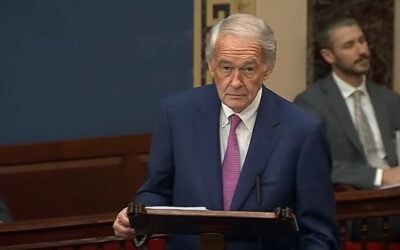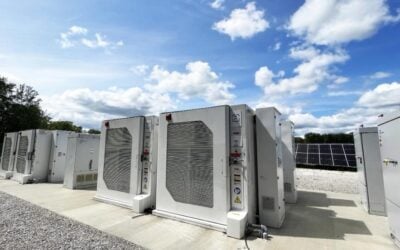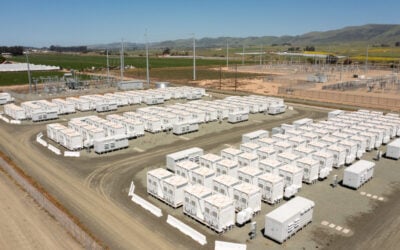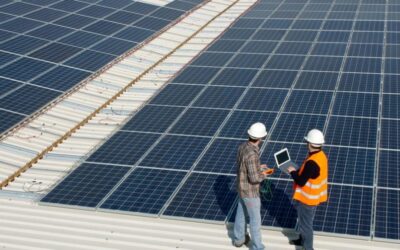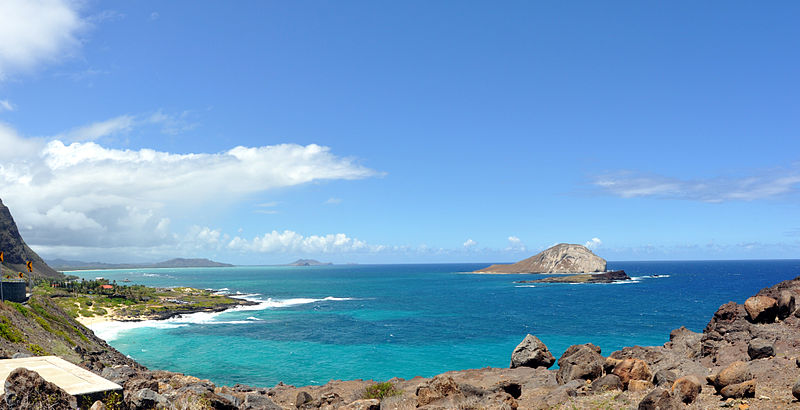
Hawaii’s position as one of the leading US states for energy storage deployment shows no sign of weakening as Hawaiian Electric Co last week announced 120MW of new battery storage across two projects in Oahu.
One will be a 20MW / 80MWh system capable of storing energy for four hours, the other a 100MW / 100MWh, one-hour system. Hawaiian Electric, the biggest electricity supplier on the islands, is commissioning the projects in order to reduce fossil fuel usage, increase the proportion of renewable energy in the local grid and increase grid reliability. Both, if plans put forward by HECO are approved by the regulator, the state’s Public Utilities Commission, will use lithium-ion battery technology. HECO would own and operate both systems.
Enjoy 12 months of exclusive analysis
- Regular insight and analysis of the industry’s biggest developments
- In-depth interviews with the industry’s leading figures
- Annual digital subscription to the PV Tech Power journal
- Discounts on Solar Media’s portfolio of events, in-person and virtual
As such, the 20MW / 80MWh project will be paired with a 20MW solar PV array at West Loch Naval Annex, which has already been leased out from the US Navy to host the solar farm, on the island of O’ahu. The solar project is currently under construction, while the battery energy storage system is pencilled in to begin construction in October 2019 for completion and commissioning by the following February.
As might be expected with the system’s capability of storing four hours of energy, the West Loch project will be used to make the solar farm’s output dispatchable during evening peaks in network demand and to run into the night-time hours, thus reducing the local need for fossil fuel generation when the sun is not shining.
The project is expected to require a total cost of US$43.5 million, according to HECO, and due to it pairing solar with energy storage at the time of installation it will be eligible for the 30% Federal Investment Tax Credit (ITC) cost reduction applicable to solar projects in the US.
The latter, larger project will provide grid-balancing services to the local network on the island of Oahu and is tentatively expected to be part of a larger fleet of such storage systems, to be developed by HECO. This includes providing contingency reserve, sometimes called operating reserve, which is required to help generators to start up and is traditionally provided by thermal generation. It will also providing regulating reserve i.e. frequency regulating services for the grid.
The facility, at Campbell Industrial Park Generating Station, has an estimated total cost of US$104 million. HECO was confident that the 100MWh facility would “ultimately pay for itself” through network cost savings it enabled. The existing industrial park facility with its large connection point to the local grid, including a 138kV line to a substation, along with proximity of other facilities and relative distance from residential neighbourhoods was behind the site’s selection. With construction again scheduled to begin in October 2019, the project is expected to be completed and connected a year after that.
Neither island is currently affected by the volcanic eruptions taking place on the Big Island of Hawaii further south, which has resulted in evacuations of large numbers of local residents.
Competitive bidding continues for grid-scale PV projects with storage option
Neither of the two projects just announced by HECO would be the largest battery storage project in Hawaii, but the latter would be similarly-sized to AES’ 100MWh battery for a 28MW PV system for non-profit transmission system operator Kauaʻi Island Utility Cooperative (KIUC). That project was announced in March, with Samsung SDI supplying the batteries for AES Distributed Energy (AES DE).
HECO has since February been seeking new grid-scale renewable energy projects for Oahu, Maui and Hawaii Island. According to the request for proposals that opened a competitive bidding process, developers “have the option to include energy storage in their bids”. HECO is after 220MW of renewables for Oahu, 60MW for Maui and 20MW for Hawaii Island. As with the 20MW dispatchable solar project above, solar projects co-located with energy storage at the time of installation will be eligible for the Investment Tax Credit.
HECO group companies Hawaiian Electric, Maui Electric and Hawaii Electric Light were among the US’ leaders in energy storage deployment by utilities in 2017 according to recent data by the US Smart Electric Power Alliance (SEPA). Meanwhile another Hawaii electricity supplier, KIUC, deployed 415.3 watts of energy storage per customer, the most per capita of any utility in the country.

